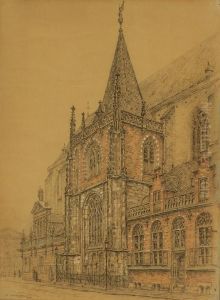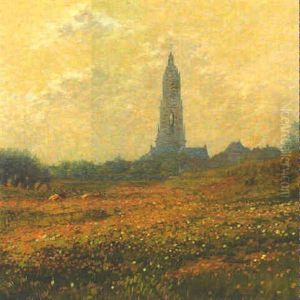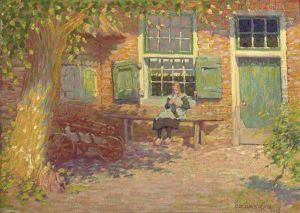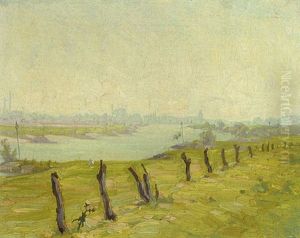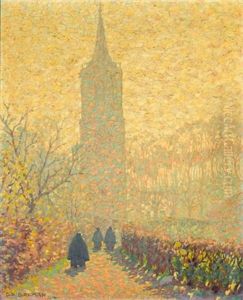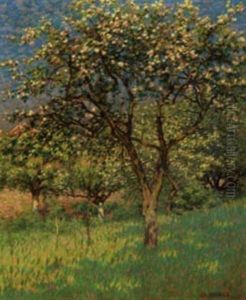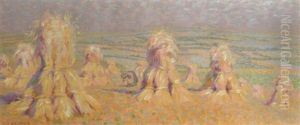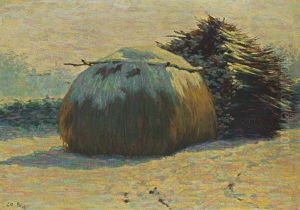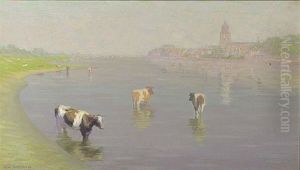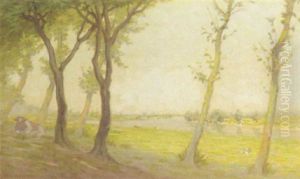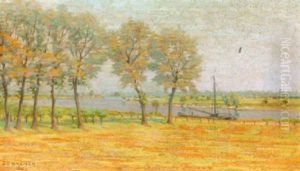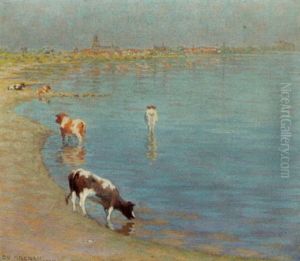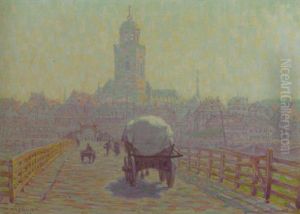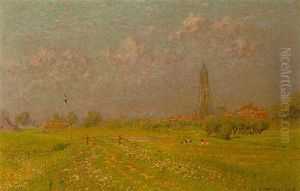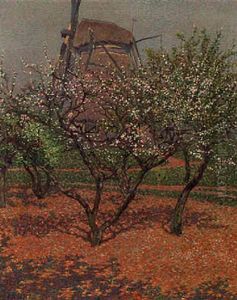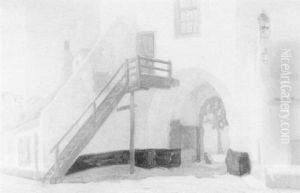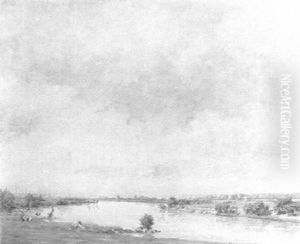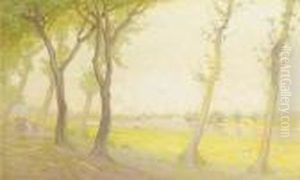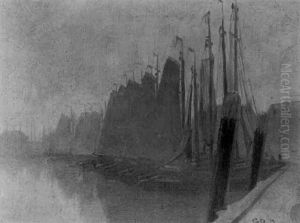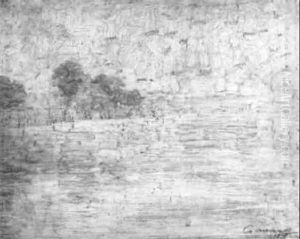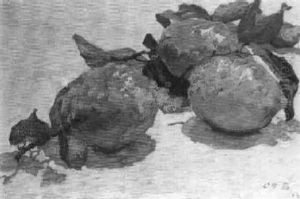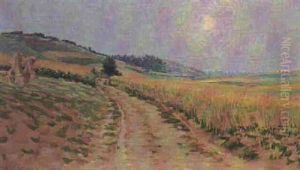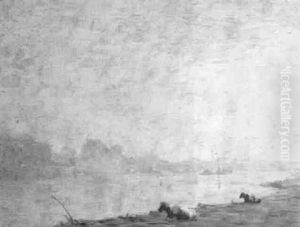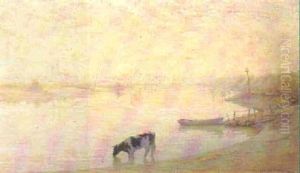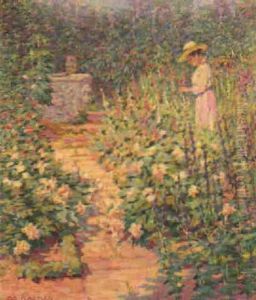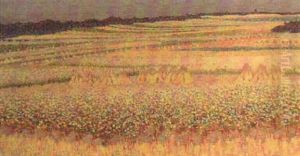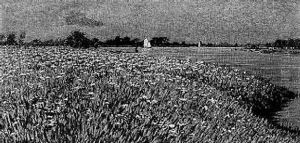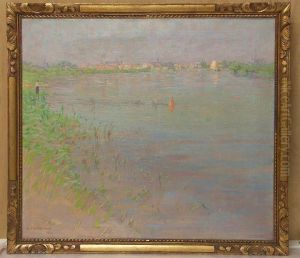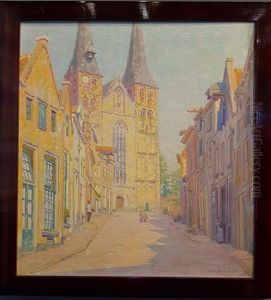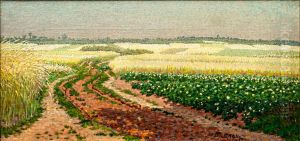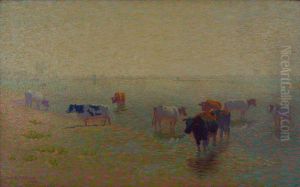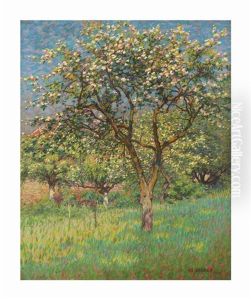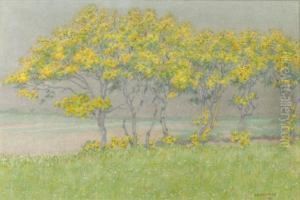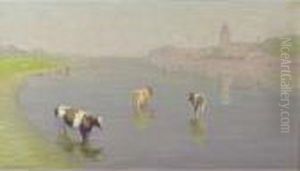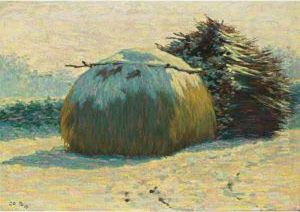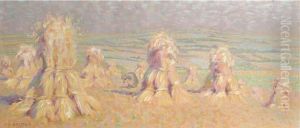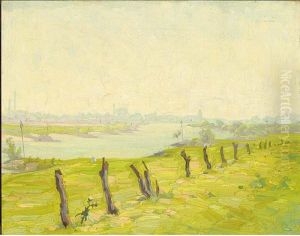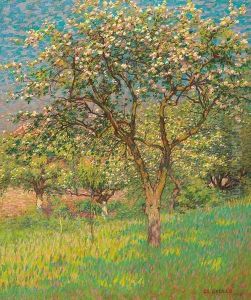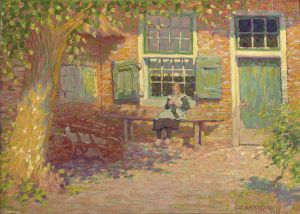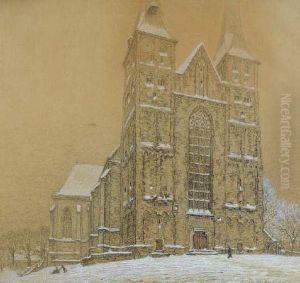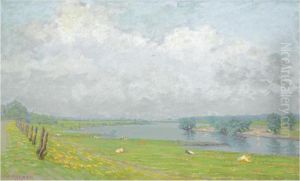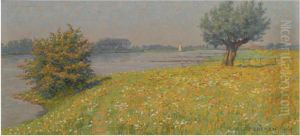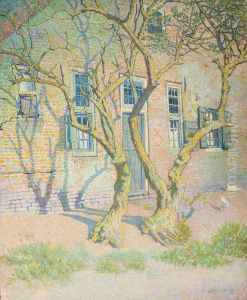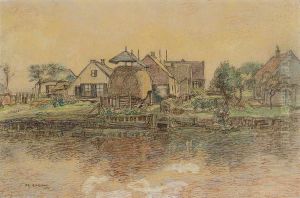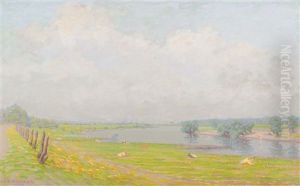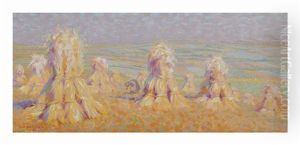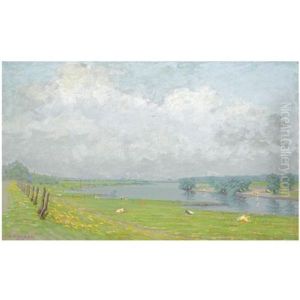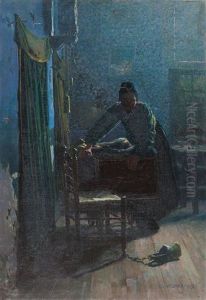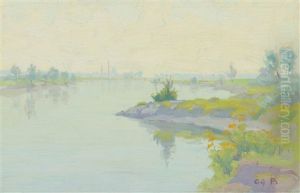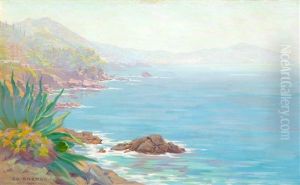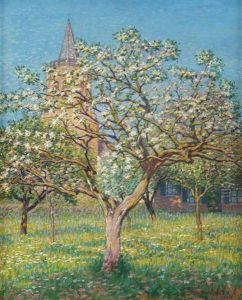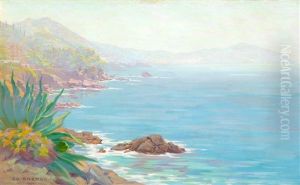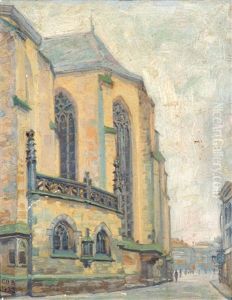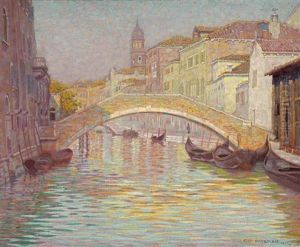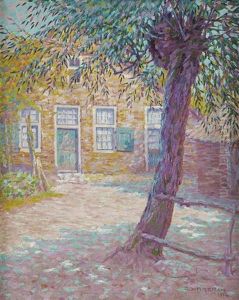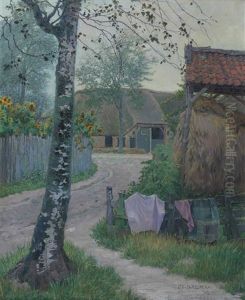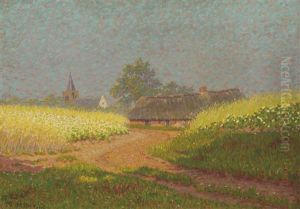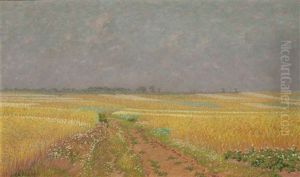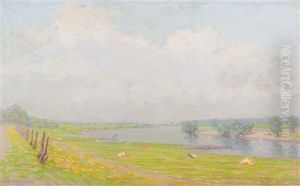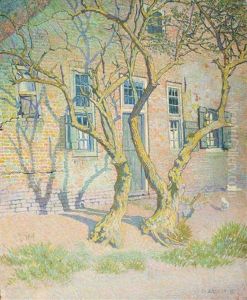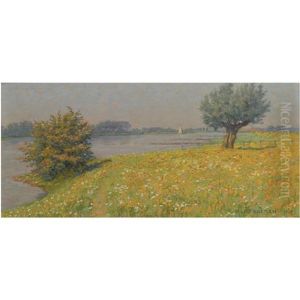Co Breman Paintings
Co Breman, born Jakobus Cornelis Breman on July 23, 1865, in Zwolle, Netherlands, was a prominent figure in Dutch art, particularly known for his landscape paintings and portraiture. Breman embarked on his artistic journey at a relatively late age, initially pursuing a career in business before dedicating himself fully to art. His transition to art was influenced by a deep appreciation of the natural beauty and rural life of the Netherlands, which became central themes in his work.
Breman's artistic education was comprehensive, studying at various prestigious institutions. He began his formal training at the Rijksakademie van beeldende kunsten (State Academy of Fine Arts) in Amsterdam. His quest for knowledge and mastery in painting took him across Europe, including time spent in Paris, where he was influenced by the Impressionist movement. This exposure is evident in his works, which often depict the play of light and shadow with a vibrant palette.
Settling in the picturesque village of Giethoorn in the province of Overijssel, Breman became deeply integrated into the community, often featuring its landscapes and inhabitants in his art. His works from this period are celebrated for their intimate portrayal of rural Dutch life, capturing the serene beauty of the countryside with a remarkable sense of realism and emotional depth.
Throughout his career, Co Breman exhibited extensively, both in the Netherlands and internationally, earning critical acclaim. His ability to evoke the essence of Dutch rural scenery, combined with his skillful execution, made him a significant figure in the Dutch art scene of his time.
Despite his success, Breman remained relatively modest and dedicated to his craft until his death on January 14, 1938, in Giethoorn. Today, his work is considered an important part of Dutch cultural heritage, offering insight into the country's landscape and societal changes during the late 19th and early 20th centuries. Breman's legacy is preserved in collections across the Netherlands, including the Rijksmuseum, and continues to inspire appreciation for the natural beauty and simplicity of rural life.
